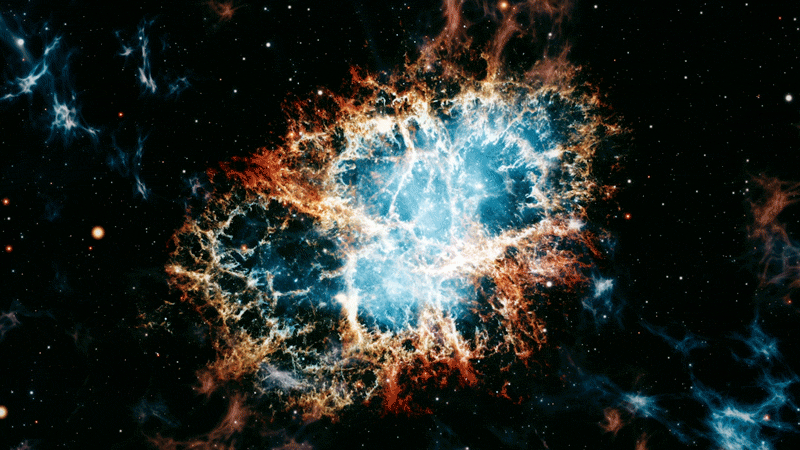The Greenbank Telescope and the related research highlight report can be found @ https://greenbankobservatory.org/news/u-s-national-science-foundation-green-bank-telescope-records-fastest-fast-radio-burst-yet/

Fast radio bursts (FRB) are intense radio transients from deep space, lasting only a few milliseconds. These bursts release an extraordinary amount of energy, with a single burst able to power the current global society energy needs for a trillion years! Some fast radio bursts are known to repeat, also referred to as repeating fast radio bursts. The origins and radiation mechanisms behind fast radio bursts remains an unsolved mystery.

Astronomer's imagination: Assuming FRB 20220912A was born in a supernova-like explosion, but its surroundings quickly became clean, yet the source remains very active. Illustration by Openverse [A link to this animation would better].
Recently, an international team led by Professor Di Li from Tsinghua University discovered the “clean” [[better to say what clean mean in this context?]] environment (a.k.a lack of surrounding plasma)of an ultra-active repeating FRB named FRB 20220912A, which was first detected by Canada's CHIME array. Professor Li's team carried out follow-up observations using the Green Bank Telescope in the United States. In just 1.4 hours of observation, they detected 128 bursts, with a burst rate approaching 100 bursts per hour, making it the highest burst rate observed by the Green Bank Telescope to date. The study was also featured by the National Radio Astronomy Observatory on its website.
FRB 20220912A exhibits rich radiation phenomena, with 56% of the bright bursts showing circular polarization, the highest known circular polarization ratio of any known FRB [[OK?: Yes]. Some bursts have a circular polarization degree as high as 58%. Additionally, the research team observed that the polarization position angle swings and downward drifts in frequency. Such phenomena remain relatively rare (fewer than 10 cases). While there are over 60 known repeating FRBs, only three have recorded circular polarization : FRB 20121102A, FRB 20190520B, and FRB 20201124A. These three are currently considered the most active and widely studied repeating FRBs.
In comparison to these three active repeating FRBs, the most notable characteristic of FRB 20220912A is its near-zero Faraday rotation measure, indicating that it is located in a very “clean” environment, lacking substantial magnetized plasma. This stands in stark contrast to the other three active repeating FRBs, which are believed to reside in complex magneto-ionic environments. The unique environment of FRB 20220912A provides important insights into understanding the radiation phenomena of repeating FRBs. The circular polarization, polarization position angle swings, and downward drift in frequency may directly originate from the FRB source, rather than from interactions with magnetized plasma in the surrounding environment.
This study, published on The Astrophysical Journal, provides important clues regarding the radiation mechanisms and environments of fast radio bursts. Professor Di Li from the Department of Astronomy at Tsinghua University is a corresponding author of the paper, with Dr. Yi Feng from Zhejiang Laboratory (a Tsinghua alumni) as the first author as well as a corresponding author. Other co-corresponding authors, including Dr.Chao-Wei Tsai and Dr. Yongkun Zhang from National Astronomical Observatories, Chinese Academy of Sciences.
Article link:
https://iopscience.iop.org/article/10.3847/1538-4357/ad7a64


